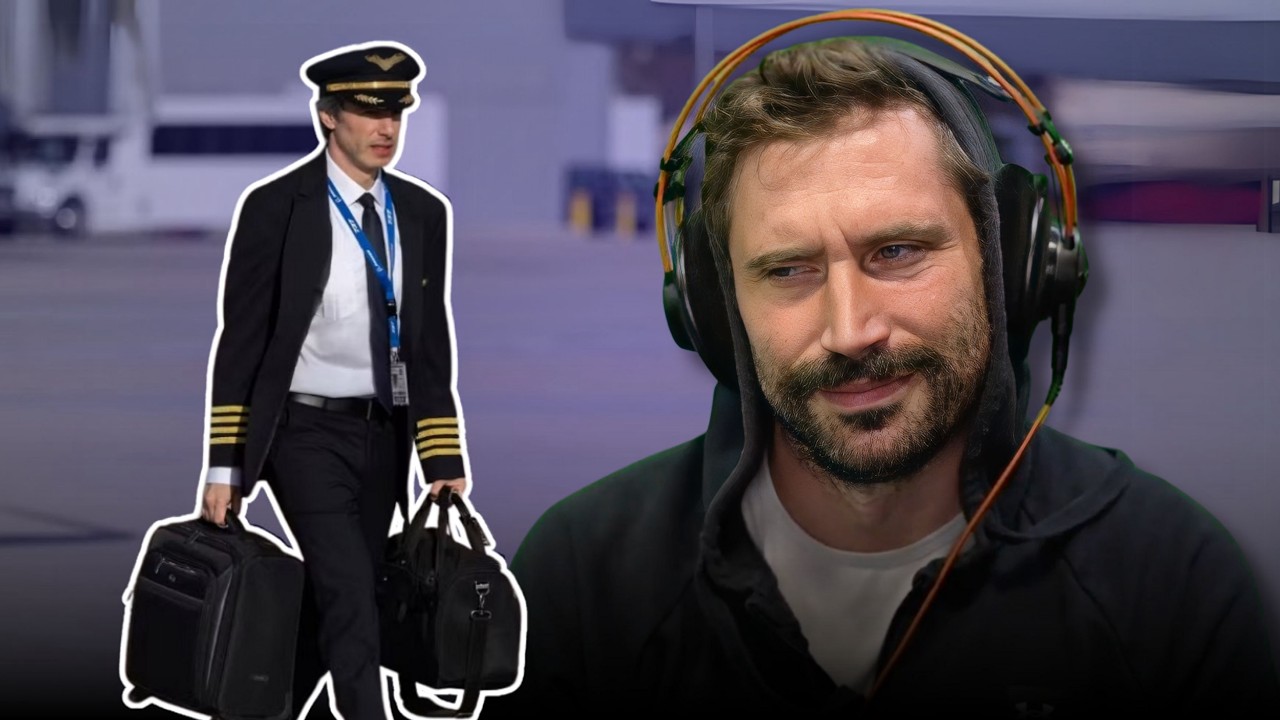The video “The Copilot Delusion” discusses the complex impact of AI coding assistants like GitHub Copilot, emphasizing that while they can speed up coding, they lack true understanding and responsibility, potentially undermining programming craftsmanship and skill development. It advocates for a balanced use of AI as a helpful tool rather than a crutch, urging programmers to maintain deep engagement, critical thinking, and respect for the craft to preserve the creativity and discipline essential to quality software development.
The video titled “The Copilot Delusion” explores the complex relationship between programmers and AI coding assistants like GitHub Copilot. The speaker reflects on how AI tools have changed the programming landscape, emphasizing that while AI can accelerate code production, it often lacks deep understanding and can produce flawed or superficial code. This leads to a tension between convenience and craftsmanship, where some programmers find joy in the journey of coding itself, while others prioritize completing projects quickly, sometimes relying heavily on AI-generated code. The speaker acknowledges that as AI improves, concerns about the erosion of fundamental programming skills and the joy of programming may become more pronounced.
A significant portion of the discussion critiques the analogy of AI as a “junior developer” or “intern,” arguing that AI lacks the curiosity, care, and responsibility that human interns bring to a team. Unlike humans who strive to reduce entropy and improve systems, AI merely generates statistically likely code snippets without genuine understanding or accountability. The speaker also expresses a strong dislike for pair programming, contrasting it with code reviews and highlighting the challenges of collaborating with less competent or careless programmers. The video stresses the importance of deep engagement with code, warning against over-reliance on AI that can lead to degraded code quality and technical debt.
The speaker highlights the value of mastering programming fundamentals, including understanding low-level system details like memory locality, cache misses, and performance optimization. They argue that AI tools cannot replace the nuanced judgment and experience required to write efficient, maintainable, and high-quality software. While AI can assist with boilerplate code and scaffolding, it cannot grasp the holistic architecture or foresee the implications of design decisions. The video encourages programmers to use AI as a tool for convenience rather than a crutch, emphasizing that true programming skill comes from wrestling with problems, learning from mistakes, and iterating on solutions.
Another key theme is the impact of AI on the culture and future of programming. The speaker worries that easy access to AI-generated code might entice individuals who lack passion or commitment, potentially lowering the overall quality and pride in software development. They caution against the normalization of mediocrity and the risk of creating a generation of programmers who only review or patch AI-generated code without truly understanding it. However, the speaker also acknowledges the potential benefits of AI in democratizing programming, helping beginners overcome initial hurdles, and serving as a personalized tutor when used thoughtfully.
In conclusion, the video is a nuanced reflection on the promises and pitfalls of AI in programming. It calls for a balanced approach where programmers maintain their intellectual engagement and craftsmanship while leveraging AI for efficiency. The speaker advocates for respect for the machine and the craft, warning against deferring critical thinking to AI tools. Ultimately, the message is one of hope and caution: AI can be a powerful assistant, but the essence of programming—the creativity, discipline, and deep understanding—remains a fundamentally human endeavor that must be preserved and nurtured.
